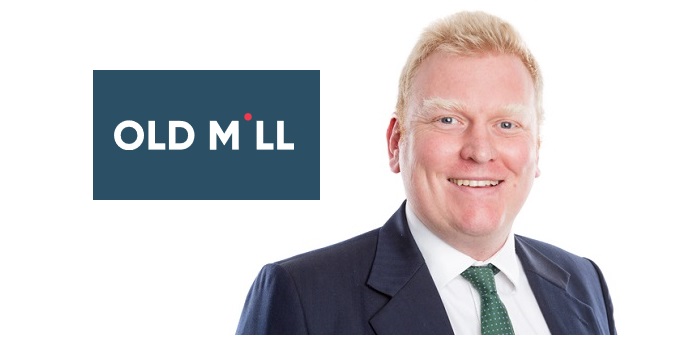Dairy farmers’ earnings dropped sharply in 2018/19 and are only set to recover marginally in the coming year, according to a survey by rural accountant Old Mill.
The survey, based on the firm’s clients, found that comparable farm profits fell from 5.9p/litre (£383/cow) to 2.69p/litre (£141/cow) in the year to 31 March 2019.
“This was mainly attributable to the very dry summer, which hampered milk production and required producers to buy in extra feed, pushing costs of production up from £2,186/cow to £2,411/cow,” said Andrew Vickery, head of rural services at Old Mill.
Unveiling the survey results at the Dairy Show, Mr Vickery (pictured above) said that higher milk prices partially offset a drop in milk production, bringing milk income to £2,267/cow, compared to £2,272 in the previous year. Even so, that left the average farm making a marginal profit only after accounting for non-milk income like calf and cull cow sales.
“Although all systems were capable of making a profit, or a loss, year-round calving herds tended to be towards the lower end of the scale, with spring-calving herds likely to make more on a per-litre basis,” he said. “This is due to their ability to produce cheap milk, which insulates them against lower milk prices.”
Comparing the top and bottom 10% of the firm’s clients, the survey showed those in the top slice had larger herds (270 cows) but lower yields (6,695 litres) than the bottom decile, at 151 cows and 7,385 litres, respectively. Milk income per cow was therefore £83 lower among the top 10%, but their focus on expenditure stood out, with a £1,085/cow difference between the top and bottom producers’ costs of production.
“The average comparable farm profit for the top 10% was 12.13p/litre compared to a loss of 6.46p/litre for the bottom 10%,” said Mr Vickery. “They spent £285 less on concentrates, and £34 more on forage, indicating a choice to plug the gap in home-produced forage with purchased forage rather than higher cost concentrates.”
Looking ahead to the 2019/20 milk year, he added, the better summer, likely higher yields and lower feed costs should help boost profits by 0.71p/litre, to 3.4p/litre or £269/cow.
“But, given Brexit, there are arguably more uncertainties over profitability now than at the same point last year,” warned Mr Vickery.


